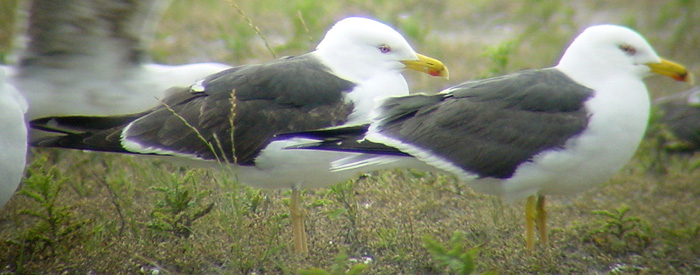
Photo 9: LBBG intermedius sub-adults, June 17 2001, Naaktstrand - Vlakte Reebok Maasvlakte, the Netherlands.
Two individuals which may belong to the same
age-class, yet showing completely different primary pattern, bare part
coloration and covert moult.
These two birds resemble 4cy LBBG in many respects.
The bird left has a small mirror on p10 (but no tips on the -bleached- outer primaries). There is just a small black line on the bill. In the carpal edge, the lesser coverts seem to be very brown, not unlike in 3rd summer birds.
Right stands an intermedius-like LBBG with small white tips (which show wear and are therefore maybe relatively small) on the outer primaries, but without a mirror on p10.
Note the difference in secondary tips. Left, the tertials show a brown hue and this is repeated in some of the visible inner secondary centres. The white tips are small and show wear. In the bird right, the tertials appear very neat and the secondaries have broad white tips, matching the pattern and coloration of average adults. Are these secondaries in the right bird one generation ahead of the secondaries shown left? Or might the entire plumage be one year older? Still, note the apparent 3rd generation outer upper lesser coverts in the bird right, pointing to immaturity.
The main question: Some immature intermedius LBBG seem to return with
recently replaced secondaries in spring. How often does this occur?
Note: around the eye, head moult starts.
